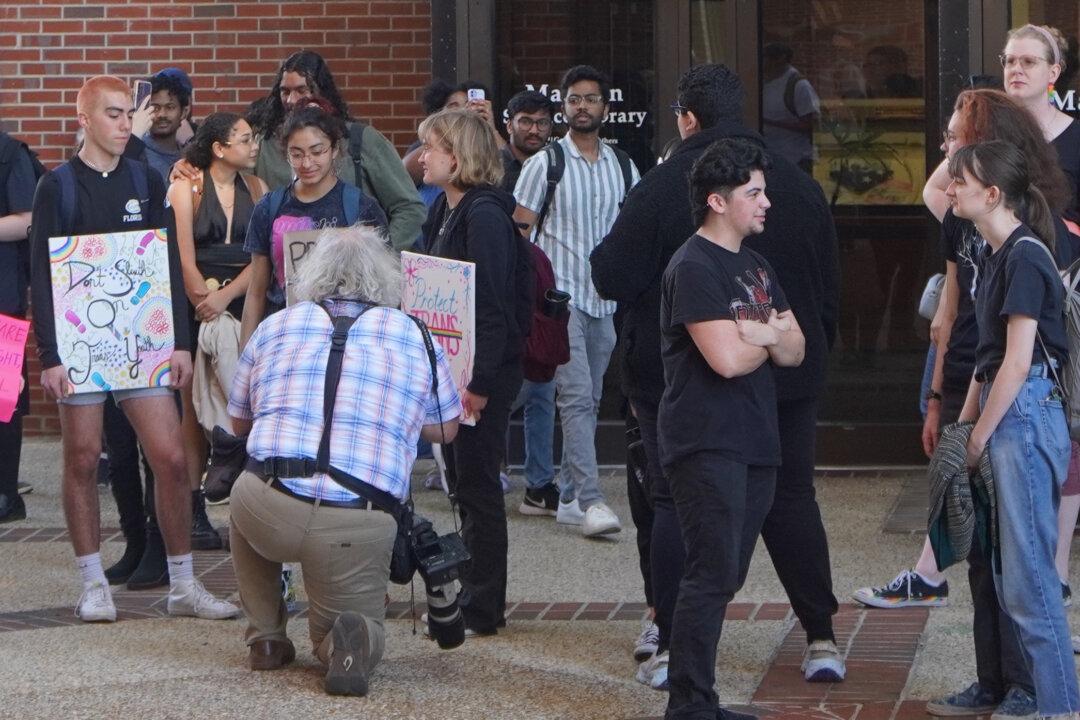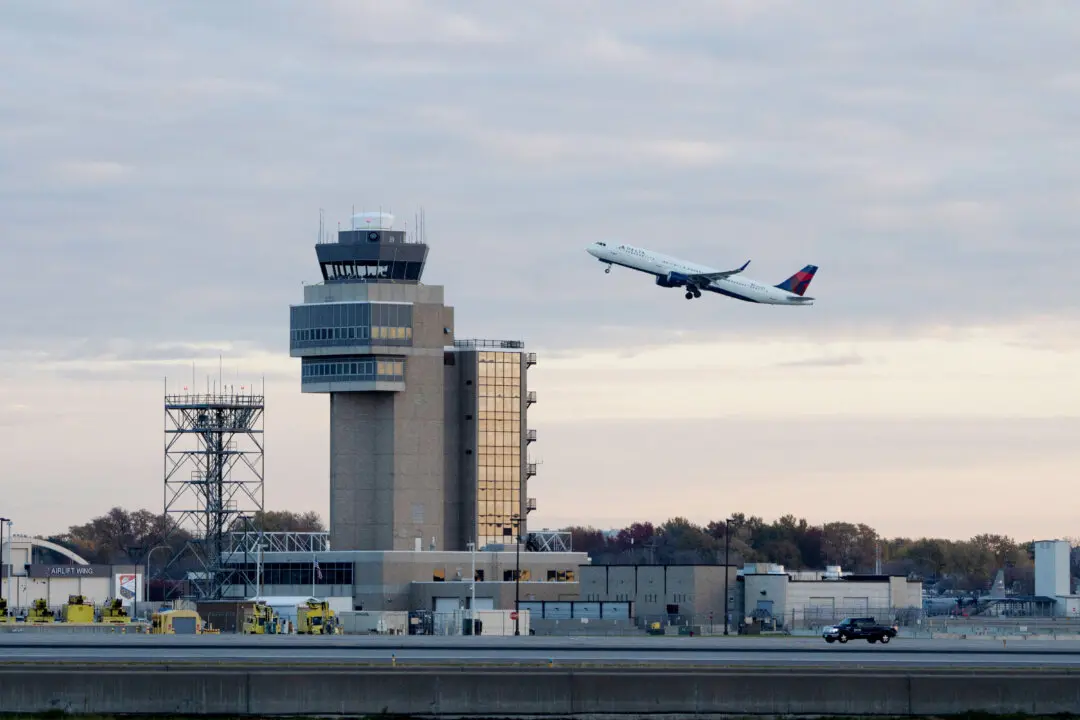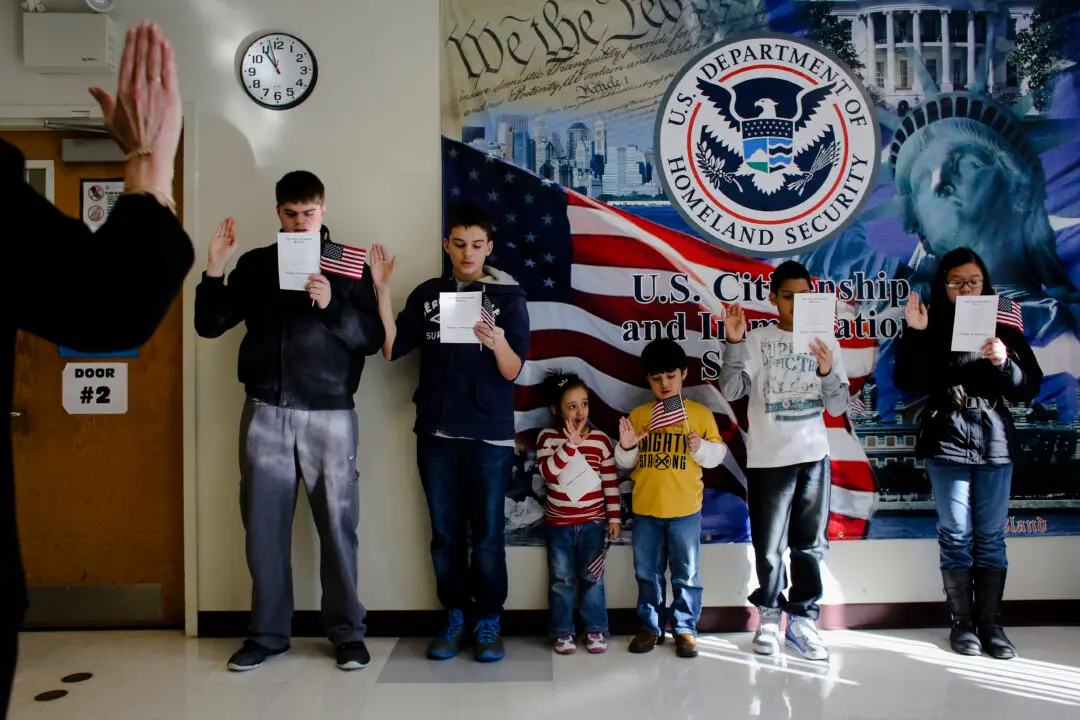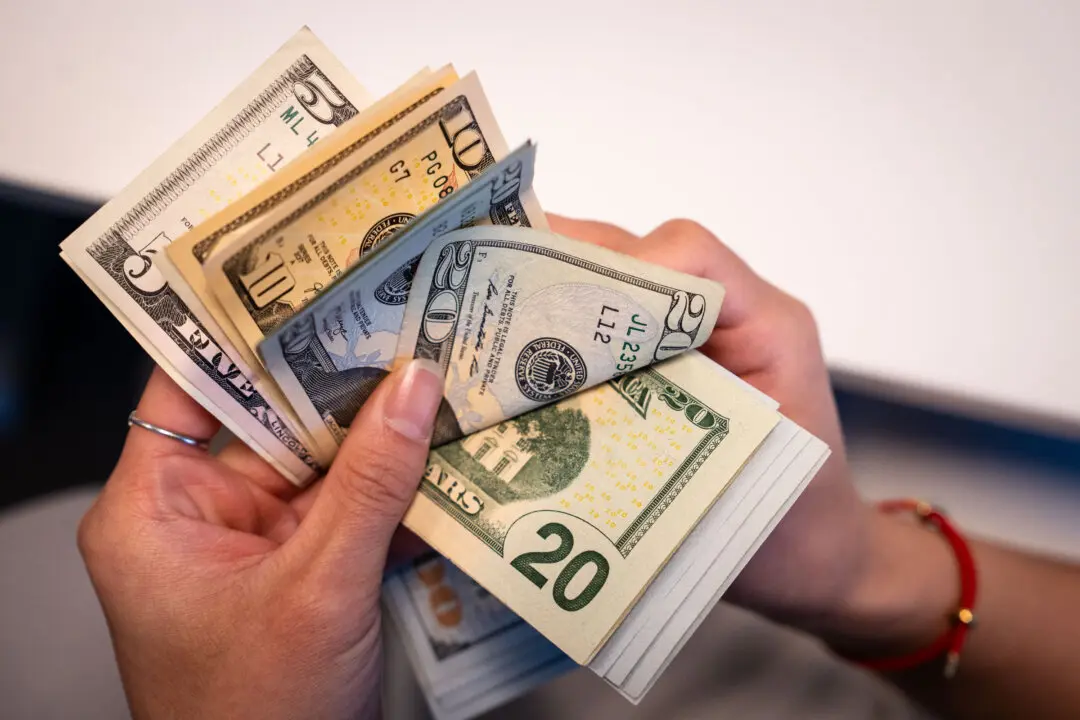Americans’ trust in higher education institutions has fallen drastically over the years based on a recent poll with reasons ranging from increased political partisanship to higher tuition fees.
Confidence in higher education among U.S. citizens fell to 36 percent this year, which is “sharply lower” from 57 percent in 2015, according to a recent Gallup poll. Respondents’ confidence in higher education varied depending on their political leanings, with Republicans having lower trust than Democrats.





